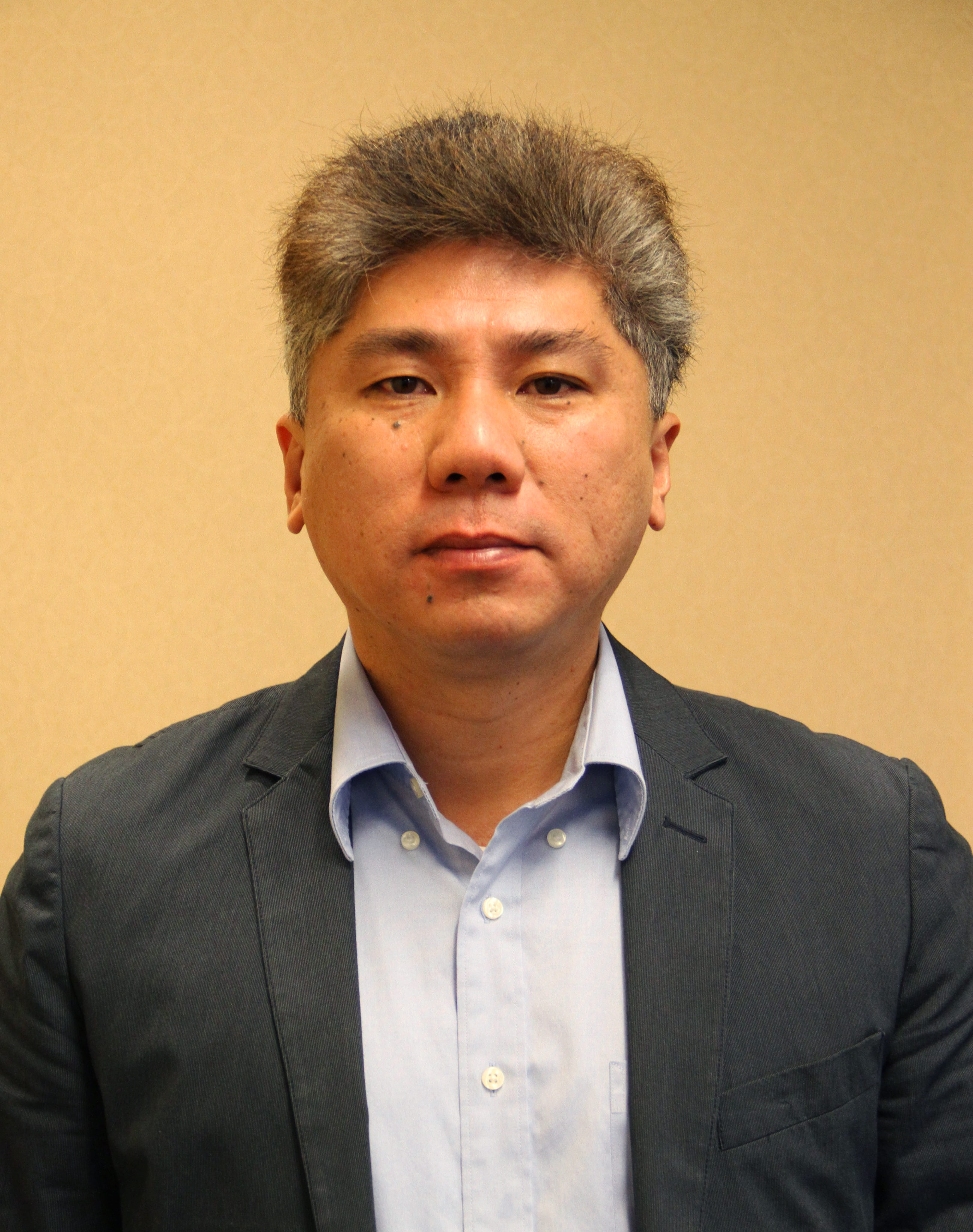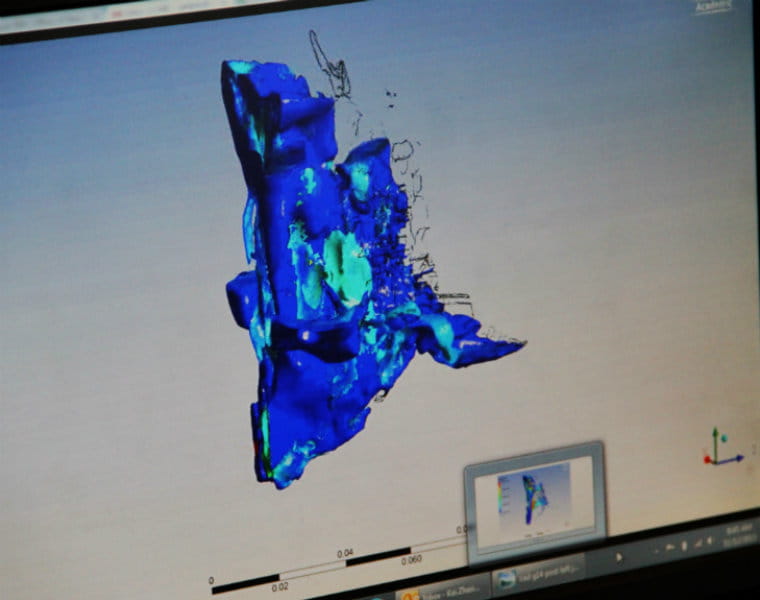January 11, 2016
 COLUMBUS, Ohio – According to researchers, roughly 30 percent of adults in the U.S. suffer from some form of chronic sinusitis, and that translates to a healthcare expenditure of nearly $6 billion.
COLUMBUS, Ohio – According to researchers, roughly 30 percent of adults in the U.S. suffer from some form of chronic sinusitis, and that translates to a healthcare expenditure of nearly $6 billion. The common yet complex disease obstructs airflow in the nose making it difficult for patients to sleep, breathe, smell and taste.
Although some patients may respond to antibiotics initially, the disease process can become very uncooperative and result in more advanced infections requiring a more aggressive treatment plan involving surgery.
“The sinuses are high price real estate, surrounded by the brain and eyes. You have to be very, very precise – within millimeters – to avoid injuring these vital organs,” said Dr. Alex Farag, an otolaryngologist who specializes in rhinology and skull base surgery at The Ohio State University Wexner Medical Center.
Complications of sinus surgery are rare but can be severe and permanent. They include loss of smell and taste, nerve damage and empty nose syndrome, which leaves a patient with a constant struggle to breathe even though CT scans show that nasal air passages are wide open or “empty.”
To improve precision and outcomes, a team of surgeons, specialists and researchers at Ohio State’s Wexner Medical Center are using 3-D technology to design customized models that can map out individual patient surgeries before stepping into the operating room.
“It’s like playing a video game to remove some of the tissues and then we can back-compute it to see how it impacts nasal airflow,” said Kai Zhao, an associate professor, engineer and medical researcher at OSU Wexner Medical Center.
 The research team is using fluid dynamics to develop novel software to assist with multiple test runs of the delicate sinus surgery using 3-D computational models, and then simulate airflow.
The research team is using fluid dynamics to develop novel software to assist with multiple test runs of the delicate sinus surgery using 3-D computational models, and then simulate airflow. “Folks in the aerodynamic industry have been using this kind of method for a long time and we started using it in the nasal airway to see if we’re able to get a better understanding of the physiology underlying nasal function and also nasal symptoms,” said Zhao, also lead investigator of the research at Ohio State.
“If we have the ability to better define the problem ahead of surgery, we can prevent patients from having complications post-op,” Farag said.
The team will also analyze 3-D printed models of the patient’s sinus cavity to allow for corrections to be even more absolute.
###
Contact: Sherri Kirk, Wexner Medical Center Public Affairs and Media Relations, 614-293-3737, or Sherri.Kirk@osumc.edu

